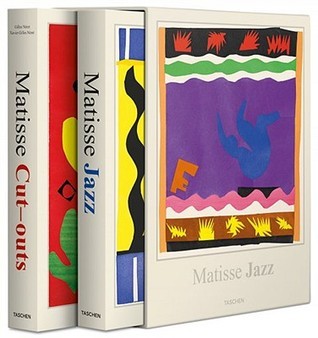
Klimt
Book Description
Amidst the swirling colors of Vienna, Gustav Klimt’s brush transforms passion into gold. This breathtaking journey unveils the master behind the canvas, where beauty and controversy collide. Love, art, and secrets intertwine as Klimt grapples with his desires and the societal constraints that seek to bind him. Experience the tantalizing allure of his world—where every stroke tells a story, and every painting ignites a scandal. As the dawn of a new artistic era approaches, will Klimt succumb to the whispers of fame, or will he forge his own destiny through sheer brilliance? What legacy will he leave behind?
Quick Book Summary
"Klimt" by Gilles Néret is a vivid exploration of the life and art of Gustav Klimt, the celebrated Austrian painter whose work defined the transition into modernism at the turn of the 20th century. Through a compelling narrative and breathtaking visuals, the book delves into Klimt’s journey from a decorative painter to a revolutionary artist, famed for his use of gold and sensual imagery. Néret examines the tensions between Klimt's private desires and public controversies, highlighting how his art challenged conventional norms and societal expectations. Readers are introduced to the intricate interplay of love, beauty, and scandal that permeated Klimt's world, offering insights into the passions that fueled his creative genius and the enduring legacy he left within the art world.
Summary of Key Ideas
Table of Contents
Rebellion Against Tradition
Gustav Klimt emerged in a Vienna defined by tradition and opulence, yet tinged with an undercurrent of social tension and change. Initially trained as a decorative painter, Klimt gained early success through theater murals and public commissions. However, his growing dissatisfaction with artistic conventions spurred a departure from academic norms. Deciding to chart his own course, Klimt channeled his rebellion into art that would eventually shock, scandalize, and captivate.
Sensuality and Symbolism in Art
Central to Klimt’s work is an unabashed embrace of sensuality and symbolism. He layered his paintings with gold leaf, intricate patterns, and erotic subject matter, as seen in masterpieces like “The Kiss” and “Judith I.” Klimt’s art celebrated the female form and delved into themes of love, desire, death, and regeneration. Through this exploration, he challenged the boundaries of what was deemed acceptable in both art and polite society.
Artistic Innovation and the Vienna Secession
Recognizing the need for new artistic platforms, Klimt helped to found the Vienna Secession—a movement dedicated to innovation outside rigid academic structures. The group’s exhibitions and manifesto paved the way for modernism, attracting other avant-garde thinkers and artists. Klimt became a leading figure, advocating for artistic freedom and inspiring a generation to push the limits of creativity.
Controversy and Societal Boundaries
Klimt’s works often generated public outcry. His frank depictions of sexuality and disregard for Victorian morality made him a controversial figure. Yet, he refused to be confined by criticism, instead allowing controversy to fuel his pursuit of truth and beauty. Klimt’s personal life, shrouded in mystery and rumor, only added to his enigmatic public persona and the allure of his art.
Legacy in Modern Art
The impact of Klimt’s radical approach endures, shaping modern art long after his death. His fusion of decorative opulence with psychological depth set new standards for artistic expression. Klimt’s challenge to tradition resonates with today’s artists who seek to explore identity, sensuality, and the boundaries of form. His legacy remains a testament to the power of art to defy convention and illuminate the complexities of the human spirit.
Download This Summary
Get a free PDF of this summary instantly — no email required.





